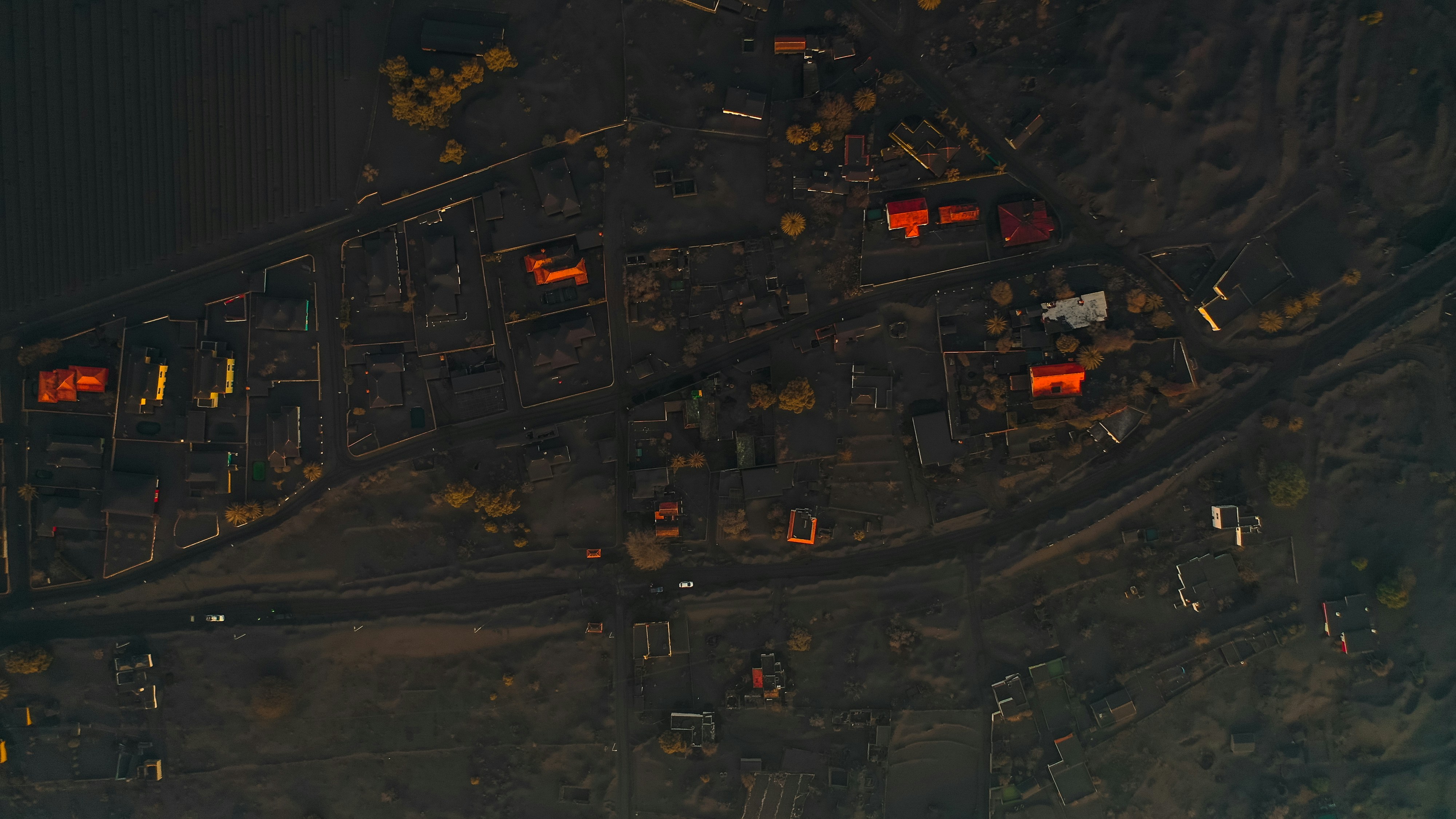[MIDDLE EAST] US President Donald Trump outlined an unconventional proposal for a nuclear agreement with Iran during a White House press briefing. He emphasized a “very strong” deal allowing unrestricted inspections and the destruction of Iranian nuclear facilities, stating, “We can blow up whatever we want. But nobody getting killed.” Trump expressed optimism about finalizing a deal within weeks, citing “a lot of progress” in recent talks.
The proposal faces immediate skepticism from Iran, which has historically rejected intrusive inspections and external military intervention. Iranian officials have previously insisted on sanctions relief and recognition of their right to peaceful uranium enrichment as prerequisites for any agreement. Trump’s remarks contrast with Iran’s recent conditional offer to suspend uranium enrichment for one year if the US unfreezes assets.
Analysts note the disconnect between Trump’s aggressive rhetoric and the delicate state of negotiations. While the US seeks to prevent Iran from developing nuclear weapons, Tehran has accelerated uranium enrichment to 60% purity—close to weapons-grade levels. The viability of Trump’s “blow up” approach remains unclear, particularly given Iran’s warnings of retaliation against military strikes.
Implications of the Proposal
Geopolitical Stability
A deal allowing unilateral destruction of Iranian facilities could escalate regional tensions. Israel has repeatedly threatened preemptive strikes on nuclear sites, and Trump’s stance may embolden Prime Minister Netanyahu despite recent US advice against military action1. Gulf states like Oman mediating talks face heightened pressure to balance US demands with Iran’s security concerns.
Economic and Sanctions Landscape
The proposal ignores Iran’s central demand for sanctions relief, which could stall negotiations. Over $100 billion in frozen Iranian assets remains a sticking point, while global energy markets remain sensitive to deal outcomes. A collapse in talks might trigger renewed US sanctions, destabilizing oil prices and affecting businesses with regional exposure.
Diplomatic Feasibility
Trump’s approach departs from the multilateral JCPOA framework, relying instead on unilateral enforcement. This risks alienating European allies and UN Security Council members who favor negotiated compliance. The lack of detail on verification mechanisms contrasts with Iran’s insistence on structured IAEA oversight.
What We Think
Inspection overreach: Trump’s “blow up” language undermines trust-building. Iran’s nuclear infrastructure is deeply embedded; destructive measures could provoke conflict rather than cooperation.
Timeline pressure: The administration’s two-week target appears rushed, given unresolved issues like uranium stockpile limits and centrifuge restrictions.
Domestic calculations: With Trump seeking a foreign policy win ahead of elections, Iran may stall to secure better terms post-2024.
Regional spillover: Gulf states’ mediation roles could strain if the US adopts confrontational tactics, affecting cross-border trade and security partnerships.
Legacy concerns: The proposal risks repeating JCPOA’s pitfalls by prioritizing immediate gains over long-term enforcement, leaving future administrations to manage fallout.
Market watch: Businesses should prepare for volatility in energy and defense sectors, as rhetoric outpaces diplomatic realities.
This proposal highlights the fragility of US-Iran negotiations. While Trump’s blunt approach may appeal to domestic audiences, it overlooks the nuanced concessions needed for a sustainable agreement. The coming weeks will test whether maximalist demands can yield pragmatic solutions—or deepen a decades-old stalemate.










.jpg&w=3840&q=75)



.jpg&w=3840&q=75)